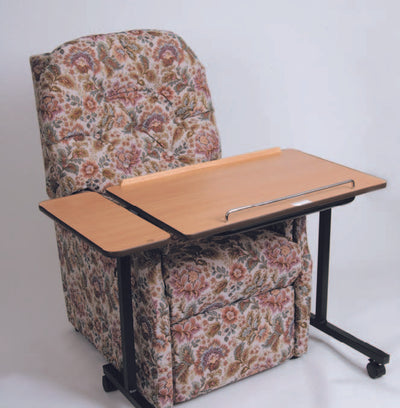A reliable thermometer is an essential part of your home, or office, first aid kit. A good thermometer will give you an accurate recording of someone’s body temperature, and will therefore act as a good indicator of whether they are seriously unwell or fighting illness.
With so many different models on the market though, choosing the right thermometer can be confusing.
So, read on for our guide to buying an accurate, cost-effective and easy to use thermometer to take the guesswork out of the equation when you need to use it on a sick loved one or colleague.
What are the Different Types of Thermometer?
Digital Thermometer
Digital thermometers are cheap and effective pieces of kit to have in your first aid box. They use in-built heat sensors to quickly record body temperature, in fact most will display an accurate temperature in seconds. They can be used to take temperatures from the ear, mouth, armpit, or rectum and some have a large screen display that can make reading the results much easier.
Digital thermometers, however, do have batteries that will inevitably run low and can stop working just at the moment you need them. So it’s worth remembering that if you have a digital thermometer you should make sure you have spare batteries on hand and know how to change them, should you need to act quickly in an emergency situation.
Forehead Thermometer
Handheld, forehead thermometers or non-contact infrared thermometers, use infrared sensors to measure the temperature of the temporal artery - the blood vessel that runs across your forehead. They’re able to record temperature very quickly and do this by scanning and recording hundreds of measurements per second of the heat that the body is giving off.
Forehead thermometers are non-invasive, simple to use and are often the preferred option for ease of use on children (*although it must be noted that clinicians generally agree that rectal thermometers are the most accurate, particularly with children).
They also require no physical contact so are useful for use in schools, workplaces. shops or public spaces where there is concern about the spreading of infection.
However, you do need to make sure that the infrared sensor is accurately placed on the forehead, or it won’t record a true reading. They can also be affected by external factors such as weather, wind, air conditioning or even clothing.
Digital Ear Thermometers
Ear thermometers or Tympanic thermometers measure the temperature inside the ear canal through infrared ray technology. They’re easy to use and record results in just seconds.
Using an ear thermometer on infants can be less stressful than an oral or rectal option. Smaller, pocket-sized ear thermometers are also available for carrying in changing bags or day packs.
Remember
The best thermometer is always the one that you can use most comfortably and correctly. Most, if used correctly, will give an accurate enough reading for you to be able to determine if further medical support is required.
When using a digital thermometer make sure that you have placed the digital sensor directly under the mouth, properly into the rectum or comfortably into the ear or armpit to get an accurate reading. If you’re taking a measurement from under the tongue your thermometer reading can be less accurate if food or drink has been taken within the last 15 minutes.
Do remember that with any digital thermometer you will need to regularly check that the batteries are fresh and it’s in good working order, to avoid that emergency panic when you need it most.
Need more help? We're always here to help so get in touch today.
For all your Medical and Homecare supplies give us a call at Mediworld.
We have over 40 years experience in medical, surgical, mobility and home health supplies and we're always on hand to chat if you need support or advice and don't forget to read our other great health blogs!
November 2022





































